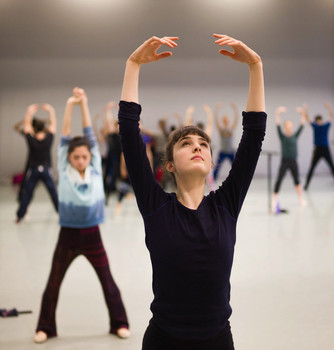Dance is an ancient art form with a plethora of styles and genres. It can be both entertainment and workout, and any kind of person can benefit from learning dance as an adult in several ways. One needn’t be a trained professional dancer, or necessarily coordinated, for dancing to be beneficial for overall health. Types of adult dance classes range in style from salsa to ballroom to belly dance, and studios can be found all over any metropolitan area, such as Salt Lake City. Schools offer classes from beginner to experienced, and a partner is rarely required. Some studios even offer socials on weekend nights and holidays, or even chances to perform. Taking dance classes offers a multitude of healthy life benefits.
- Socializing: Taking a public class, instead of a private training session or using YouTube at home, offers an opportunity to meet new people. Making friends, or even strengthening the bonds already created, in classes or other social settings is an important part of true happiness. Stress is lowered and happiness increased, which leads to a stronger immune system.
- Energizing: As with most cardio workouts or other exercises, regular attendance to a workout class will boost energy. That means the more often one dances or sweats, the more classes one will attend, which leads to a greater ability to focus on the really important things like work, the home, and relationships.
- Balancing: Even the clutziest people will benefit from dance in the form of improved balance. Those concerned about falls as they age may benefit most from taking dance classes. Dance requires a strong core, and practice for how to move the body quickly while maintaining critical vertical posture. Simultaneously, dance improves flexibility, another concern for those who are aging.
- Losing: Regularly attending dance classes is an excellent way to shake up or even jump start a weight loss program. A truly aerobic class can burn over 400 calories per hour, which competes with jogging, cycling, and even rock climbing.
- Helping: Heart disease is the cause of one in four deaths in the United States, killing more than 1/3 of American women. Dance is attributed to not only improving quality of life, but also breathing and overall heart health.
- Cheering: Dance, for a number of reasons, causes depression symptoms to fade, whether at a club or in a class. Depression can cause problematic physical and psychological states of being, from insomnia to loss of energy, to moodiness and noticeable weight changes.
- DeStressing: Stress can physically and mentally impact a person negatively. Depression is one possible side effect of stress, as well as many similar attributes to depression such as weight gain, loss of sleep, or negativity. Socializing and exercising are both tools to fight against stress and its effects. Dance incorporates both elements.
- Anti-aging: If better balance and improved flexibility weren’t enough, adding to the anti-aging arsenal is a memory boosting. Both aerobic exercise and the mental challenge of learning something new (whether it is a style of dance or a new routine) strengthens the hippocampus. This can help stave off dementia or even just help memory enough to find the car keys.
Including dance as a regular part of a healthy lifestyle has a multitude of benefits for everyone, despite age, gender, or even ability level. The genres and types of dances are hundreds to name, but some of the most common are ballroom (such as waltzing), jazz, modern, hip hop, and world dance (such as belly dance and salsa). Pick a style that appeals most, or try them all. Letting go of self-judgement and embracing the cardio and social aspect of dance class is vital for health benefits.



